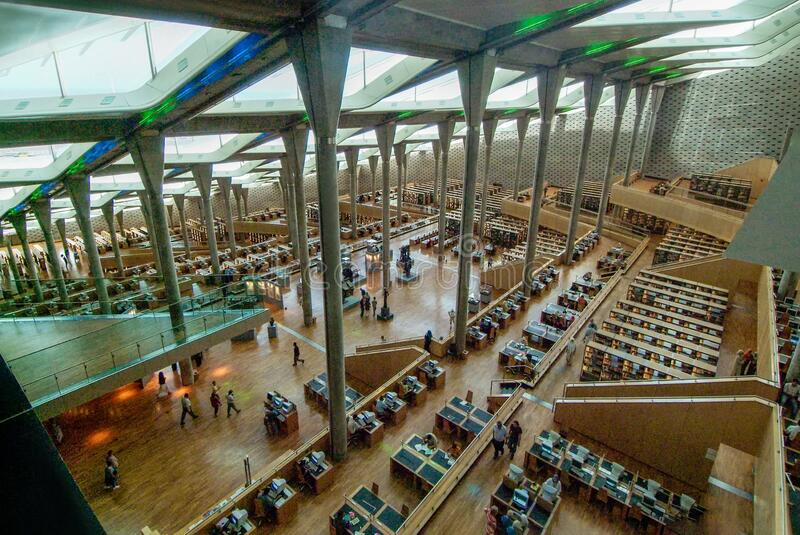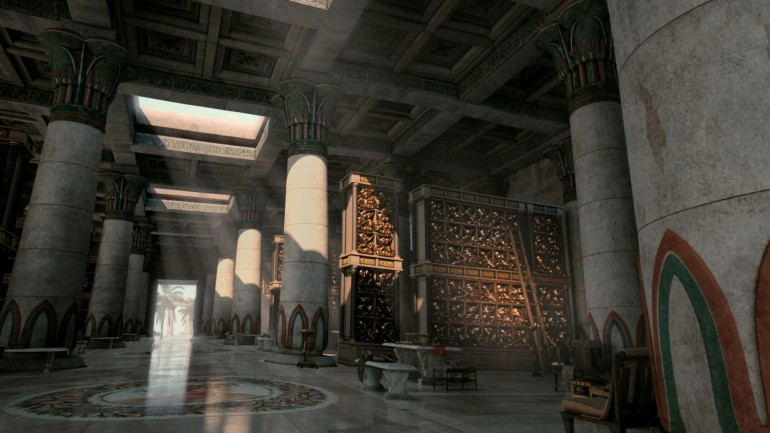Underground Library of Alexandria
The Underground Library of Alexandria, located beneath the Serapeum ruins, is made up of a labyrinth of subterranean tunnels and storerooms where it is thought a portion of the Great Library of Alexandria's collection was held and this is one of the most beautiful history in Egypt..
The names of Demetrius of Phaleron, a member of the Peripatetic school and a former Athenian statesman, are inextricably linked with the establishment of the Great Library and the Mouseion. Ptolemy, the King's counselor, quickly took advantage of Demetrius' broad and flexible knowledge and tasked him with constructing the library and the Mouseion around 295 BC.
Many ancient civilizations in Egypt, Mesopotamia, Syria, Asia Minor, and Greece had libraries and archives, but the earliest such institutions were of a local and regional type, primarily concerned with the preservation of their own distinctive traditions and history. The concept of a universal library, such as that of Alexandria, emerged only when the Greek intellect began to envision and incorporate a broader worldview. The successes of their neighbors captivated the Greeks, and many Greek philosophers wanted to explore the riches of their knowledge. There is written evidence of Greeks visiting Egypt specifically to gain knowledge, such as Herodotus, Plato (notably in Phaedrus and Timaeus), Theophrastus, and Eudoxus of Cnidus (as recorded by Diogenes Lartius in the third century CE).
However, the Alexandria underground library – or at least the structure – continued in use until the Serapeum was destroyed in 391AD and may have been utilized for religious reasons by Serapis believers.
Visitors may now tour the underground rooms and observe the niches in the walls where the manuscripts were kept. This location is also one of ten famous tourist destinations in Egypt.
Location: Alexandria.












